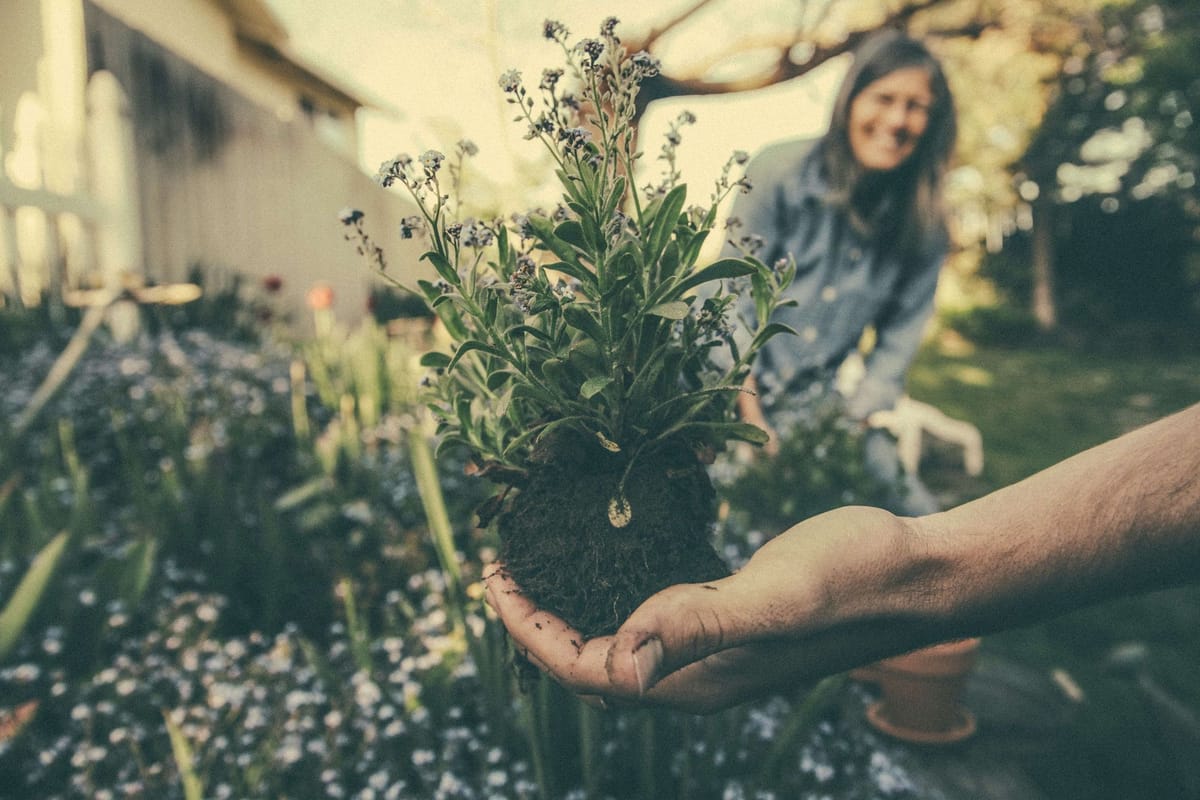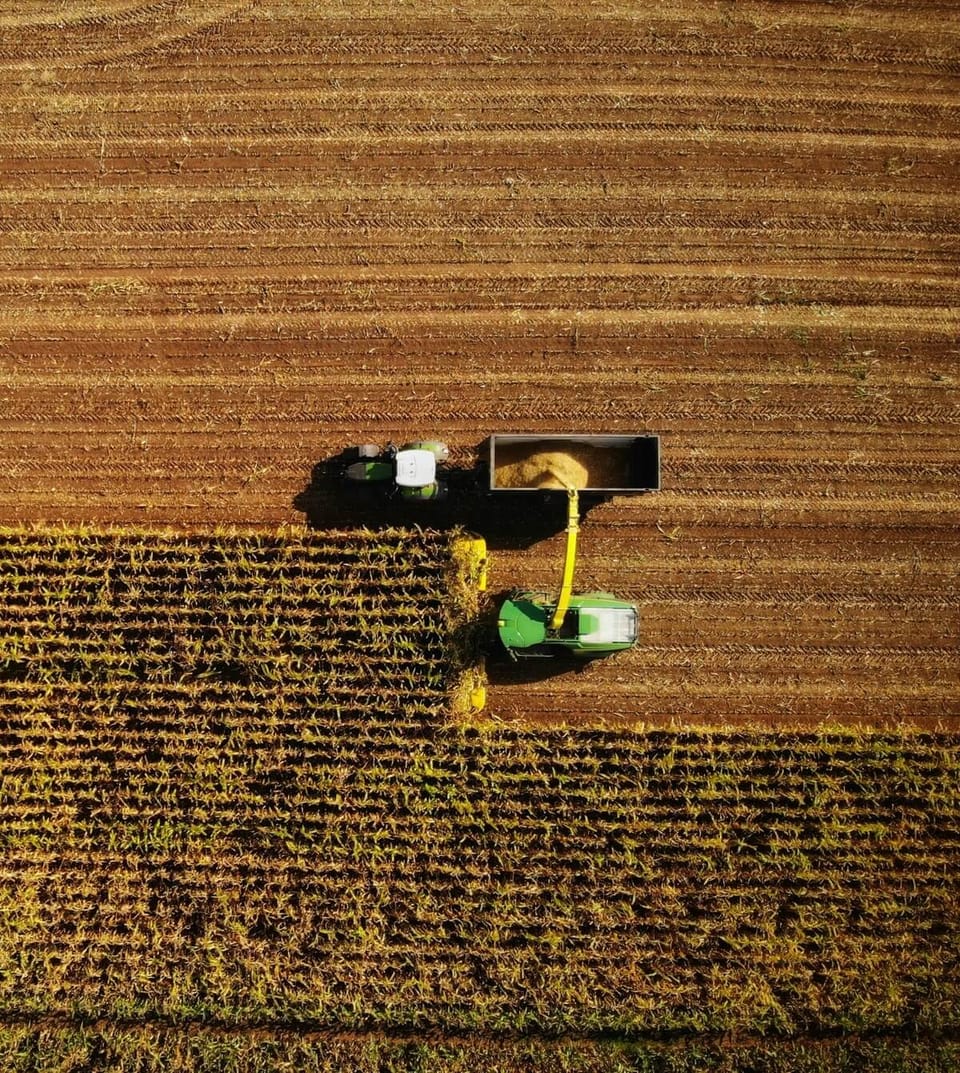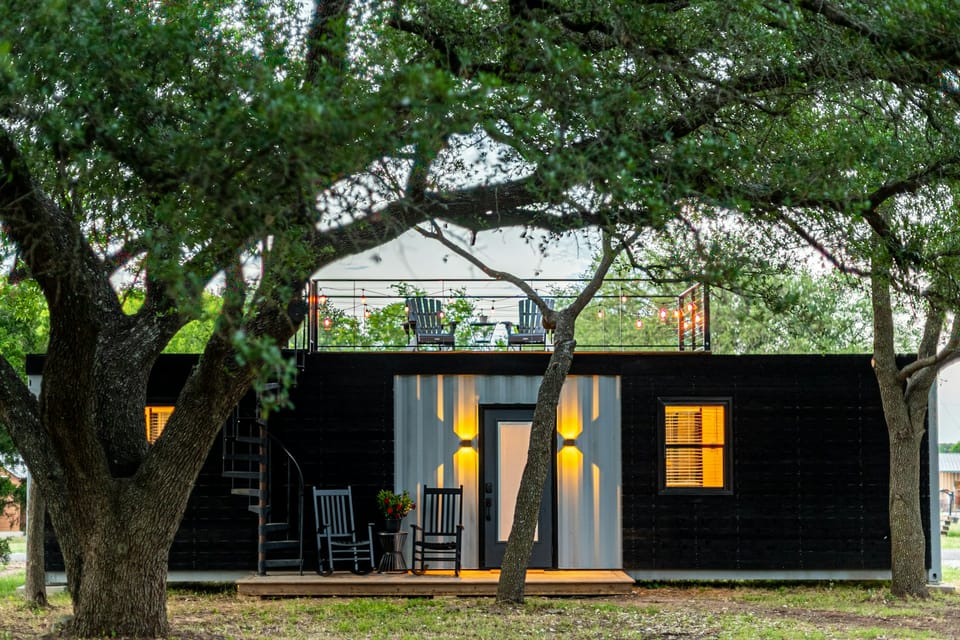7 Eco-Innovative Ideas to Build a Community Garden That Heals and Sustains
Create a vibrant, sustainable community garden with seven innovative ideas that nourish the planet, connect people, and spark long-term environmental change.

In 2025, cities face rising stress, food insecurity, and disconnection. But one simple idea still brings people together and heals the planet: the community garden.
With the right design, a community garden becomes more than a green space. It becomes a carbon sink, a mental wellness zone, a food hub, and a symbol of urban resilience.
1. Plant Polyculture, Not Monoculture
Polyculture mimics nature. Instead of neat rows of a single crop, blend plants together—herbs, flowers, fruits, and vegetables in harmony.
Why it matters:
- Boosts biodiversity by attracting more insects and birds
- Improves soil health without synthetic fertilizers
- Reduces disease by minimizing pest monoculture outbreaks
Example:
At OmVed Gardens in London, a polyculture system replaced barren land with edible landscapes and habitats for pollinators.
“A resilient garden mimics a forest: diverse, layered, and alive.”
— Rosalind Readhead, Urban Permaculture Educator
2. Optimize Every Drop of Water
Drought and water stress are increasing across regions. You can reduce water use by 50–70% with simple innovations.
Sustainable practices:
- Rainwater harvesting barrels connected to gutters
- Drip irrigation systems for root-level hydration
- Mulch layers to retain moisture and suppress weeds
Stat (2025):
Urban gardens using efficient irrigation save up to 22,000 gallons of water per year. (EPA Green Infrastructure Report)
3. Compost Like a Pro
Food and yard waste makes up over 30% of landfill content. Composting turns this waste into nutrient-rich soil.
How to implement:
- Set up vermicomposting bins using red wiggler worms
- Build a 3-bin hot compost system for faster results
- Create a drop-off compost station for neighbors
Example:
462 Halsey Farm in Brooklyn composts several tons annually and offers compost education to locals.
“Soil isn’t dirt—it’s the foundation of life.”
— David Montgomery, Soil Scientist
4. Design for Wellness & Sensory Health
A garden should feed the body and calm the mind. Create space for everyone to unwind, reflect, and breathe.
Wellness features:
- Fragrant herbs like lavender and basil for aromatherapy
- Quiet seating areas for mindfulness or rest
- Tactile zones with textured paths and diverse foliage
Stat (2024):
Access to green spaces reduces symptoms of depression by 21%, and improves sleep by up to 42%. (WHO Urban Health Review)
5. Create Inclusive Learning & Play Zones
A true community garden welcomes every age, background, and ability.
What to include:
- Raised beds for seniors and wheelchair users
- Outdoor classrooms for local school programs
- Multilingual signage and storytelling posts
Example:
Danny Woo Garden in Seattle blends intercultural gardening with youth education and elder care programs.
6. Use Renewable Energy for Garden Functions
Go green all the way by powering your garden with the sun and wind.
Low-impact energy:
- Solar panels to power lights or irrigation timers
- Solar ovens for garden cooking demos
- Mini wind turbines for airflow and educational value
Data (2024):
Solar-powered tools in community gardens can offset 250–800 kg of CO₂ annually, depending on location. (IRENA Green Impact Metrics)
7. Build with Reclaimed, Local Materials
Sustainability means reusing what already exists. Reduce embodied energy by building with what your city discards.
Ideas:
- Use reclaimed wood from construction projects
- Collect bricks and tiles from demolition sites
- Repurpose old furniture for planter benches or tool sheds
Example:
Agritopia in Arizona uses local desert stone and salvaged steel for their urban garden structures.
“Design is not about what’s new—it’s about what’s next.”
— Kate Orff, Landscape Architect
🌍 Ready to Grow a Greener Community?
Every garden is a chance to heal the earth and ourselves. Whether you start with a single raised bed or transform a full block, your actions matter.
✅ Here’s how to start:
- Talk to neighbors—ask what they need
- Find unused space—schoolyards, rooftops, alleyways
- Design smart—with water, waste, and wellness in mind
- Apply for mini-grants—from green nonprofits or local councils
- Document and share—to inspire the next garden
Together, let’s turn gray spaces green—one garden, one block, one community at a time.








